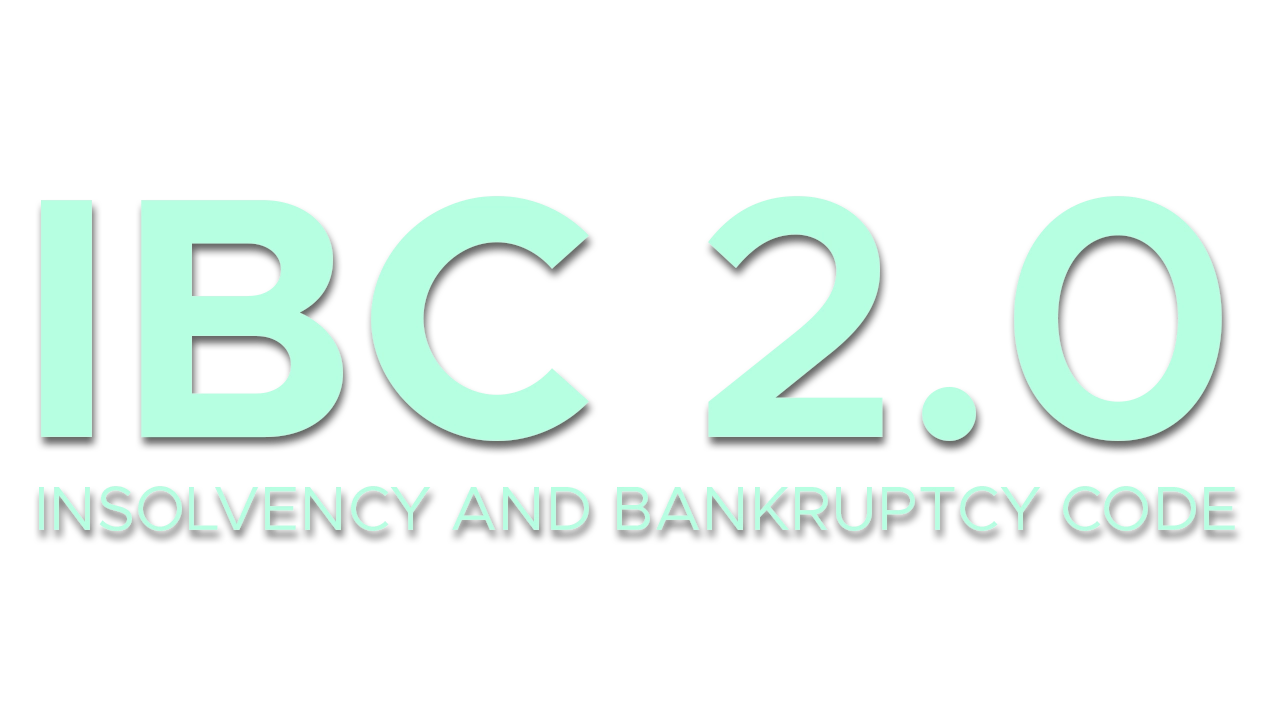Introduction
The financial world has long witnessed a high-stakes tug-of-war between enforcement agencies and corporate entities, particularly when it comes to assets embroiled in money laundering allegations. For years, the ED1 has been known for its unyielding stance, rarely conceding ground when it came to properties it deemed “proceeds of crime.” But what if that iron curtain, for the first time, parted with an almost astonishing ease? What if, in a truly landmark move, the ED gave its “unequivocal consent” to restore attached properties, setting a precedent that could redefine the very landscape of financial enforcement in India?
This isn’t a hypothetical scenario; it’s a very recent reality. On June 11, 2025, a press release from the Directorate of Enforcement confirmed the restoration of assets valued at ₹52.35 Crore (with an estimated market value exceeding ₹120 Crore) to the Liquidator of SBFL2 in ED Vs. Kewal Krishan Kumar & ors3. These assets, provisionally attached by the ED under the PMLA4, were released without the customary, often protracted, legal battles that have become synonymous with ED proceedings.
An Unprecedented Concession: A First in Enforcement History?
This instance is not merely significant; it is, by all accounts, highly uncommon, arguably the very first time such a substantial restoration of properties has occurred with such minimal contention from the ED. For years, the ED’s modus operandi has been one of rigorous prosecution and a firm refusal to release attached assets, even in the face of compelling arguments from Resolution Professionals or Liquidators. The agency’s historical position, deeply rooted in its mandate to combat money laundering and ensure the disgorgement of ill-gotten gains, has consistently prioritized confiscation.
So, what changed? The answer lies in a series of recent judicial pronouncements that have recalibrated the delicate balance between the PMLA and the IBC5, particularly the seminal judgments of the Hon’ble Supreme Court in Committee of Creditors Vs. Directorate of Enforcement & Ors6 and, more pointedly, Directorate of Enforcement Vs. JSW Steel Ltd & Ors7. A subsequent ruling in Government of India Vs. M/s. Indian Bank8 further solidified this evolving legal position.
This instance in the Shakti Bhog Foods Limited case marks a crucial milestone, demanding a detailed analysis of the ED’s past and future conduct. It compels us to ask: Is this a singular anomaly, or does it herald a new era of cooperation and pragmatism in the realm of financial crime enforcement?
Arguments and Unyielding Stance: The ED’s Traditional Fortress
To truly appreciate the magnitude of this shift, one must understand the ED’s historical position. In cases involving attached properties, especially when intertwined with corporate insolvency, the ED’s arguments were often characterized by:
- The Sanctity of “Proceeds of Crime”: The ED would vehemently argue that any property, directly or indirectly linked to a scheduled offense, regardless of who currently holds it, constitutes “proceeds of crime” under Section 2(1)(u) of the PMLA. Their objective was unequivocal: to ensure these assets were confiscated, thereby disincentivizing money laundering.
- Overriding Powers of PMLA: The agency frequently asserted the PMLA’s overriding effect over other legislations, including the IBC. This meant that even if a corporate debtor was undergoing insolvency proceedings, the ED would contend that PMLA proceedings took precedence, aiming to secure the tainted assets first.
- Protection of Public Interest: The ED consistently highlighted its role in protecting the broader public interest by preventing the legitimization of ill-gotten wealth, arguing that any leniency would undermine the deterrence objective of the PMLA.
- Skepticism Towards Claimant’s Bona Fides: When applications under Section 8(8) of PMLA (for restoration of attached property) were filed, the ED would rigorously scrutinize the claimant’s assertions of bona fide acquisition and due diligence, often raising significant objections and placing a heavy burden of proof on them. They would argue that any release of assets could facilitate further layering or dissipation of criminal proceeds.
A Case in Point: The Shakti Bhog Saga
The case of Shakti Bhog Foods Limited (SBFL9) perfectly illustrates the complex interplay of financial fraud, insolvency, and PMLA. SBFL, engaged in the business of manufacturing wheat flour, pulses, and rice, availed extensive credit facilities from a consortium of 10 banks led by SBI. The company’s loan account eventually slipped into NPA on March 31, 2015, with a staggering outstanding of ₹3269.42 Crores, representing a significant loss to the entire consortium.
ED investigation revealed a classic case of financial malfeasance: diversion of credit facilities to numerous dummy entities and sister concerns through bogus transactions, fake bills, and transport documents. Around 108 such shell entities, controlled by “entry operators,” were identified, used to siphon off loan funds through cash, commission payments, and trade discounts. These ill-gotten funds were then utilized to purchase properties, projecting them as untainted. The ED issued five Provisional Attachment Orders, attaching assets worth ₹131.93 Crore, and filed six Prosecution Complaints.
Amidst these proceedings, the National Company Law Tribunal (NCLT) Principal Bench, New Delhi, vide order dated January 20, 2025, ordered the corporate debtor, SBFL, to be liquidated and appointed Mr. Keshri Kumar as its Liquidator.
The Pivot: How Recent Judgments Altered the ED’s Playbook
It was in this context that IA No. 13/2025, an application under Section 8(8) of PMLA, was filed on behalf of A-3 the Corporate Debtor, SBFL seeking the release of attached properties. The applicant argued that these properties had “no co-relation” to the proceeds of crime and have been erroneously attached by ED.” Crucially, they highlighted that without the restoration of these assets, the Liquidator would be unable to proceed with the liquidation process as per law, impeding his statutory duties under Sections 18 and 25 of the IBC to collect information and take charge of the corporate debtor’s assets.
The pivotal shift, however, came with the ED’s response. In a move that sent ripples through the legal fraternity, the ED, in its reply, acknowledged the NCLT’s liquidation order and, significantly, submitted that “in the light of the said order, the properties so attached by the complainant vested with Liquidator in terms of the provisions of IBC.”
This remarkable concession was rooted in the very judgments that have redefined the interrelationship between PMLA and IBC. The ED explicitly referenced Directorate of Enforcement Vs. JSW Steel Ltd (supra), wherein the Hon’ble Supreme Court, vide order dated December 11, 2024, directed the ED to hand over control of provisionally attached properties of Bhushan Power and Steel Ltd. to the successful Resolution Applicant, JSW Steel Ltd., in view of Section 8(8) of PMLA read with Rule 3A of the said Rules.
Further cementing this newfound approach, the ED also cited Government of India Vs. M/s. Indian Bank (supra), where the Supreme Court held:
“Since the objective of the attachment under the PMLA is restoration of the attached property to the victim of the offence and in the facts of the present case the respondent bank is the victim and complainant, the department would have no objection to restoration of the attached property to the respondent bank under the Second proviso to S.8(8) of the PMLA.”
The ED’s reply, in paragraph 18, encapsulated this profound shift:
“Without prejudice to the above and the rights available with the ED which may be tested in a judicial forum, it is opined that since the ultimate purpose of both the Acts is to restore such confiscated property or part thereof of a claimant with a legitimate interest in the property, concerned persons of both the authorities of PMLA and IBC may sit conjointly and device a scheme to facilitate the distribution of properties, in accordance with law. This directorate has no objection, if the prayer of the liquidator/applicant herein may be allowed in terms of Section 8(8) of PML Act.”
The Conjoint Pathway: PMLA and IBC in Harmony
This specific phrasing – “concerned persons of both the authorities of PMLA and IBC may sit conjointly and devise a scheme to facilitate the distribution of properties, in accordance with law” – is perhaps the most significant takeaway. It reflects a judicial encouragement, now embraced by the ED, for a cooperative approach rather than a confrontational one.
Why this concession, and why now? The Supreme Court’s pronouncements have underscored several critical principles:
- Protecting Legitimate Claimants: The judgments emphasize that the PMLA, while stringent, cannot override the fundamental rights of legitimate stakeholders who have no knowledge of the criminal origins of the funds. In the context of IBC, where a corporate debtor is undergoing resolution or liquidation, the creditors are often victims of the underlying fraud that led to the money laundering.
- Prioritizing Resolution/Liquidation: The courts have recognized the statutory duties of Resolution Professionals and Liquidators to maximize the value of assets for the benefit of all stakeholders, including secured creditors (the consortium banks in the SBFL case, who are indeed the “victims”). Impeding this process through prolonged attachment battles only exacerbates losses for genuine claimants.
- Harmonious Construction: Instead of a rigid “PMLA over all” approach, the judiciary has pushed for a harmonious interpretation of the two acts. The aim is not to dilute the PMLA but to ensure its application does not unintentionally undermine the objectives of the IBC, which seeks to revive distressed assets or, failing that, ensure orderly liquidation and equitable distribution.
- Purpose of Attachment: The Supreme Court in Indian Bank clarified that the ultimate objective of attachment under PMLA, particularly the second proviso to Section 8(8), is the “restoration of the attached property to the victim of the offence.” When the banks themselves are the victims, and the Liquidator represents their collective interests, the ED’s continued objection becomes untenable in light of this clarified purpose.
The Road Ahead: A New Paradigm?
The special PMLA court, in light of the ED’s unequivocal consent and relying on the Supreme Court judgments, passed an order on June 4, 2025, directing the restoration of the attached immovable and movable properties valued at ₹52.35 Crore to the Liquidator of SBFL, Mr. Keshri Kumar. The order explicitly directed the ED to hand over and the Liquidator to take charge of these properties “as per law.”
This event is not merely a procedural victory; it is a paradigm shift. For too long, the fear of ED attachment has cast a long shadow over insolvency proceedings, often delaying or complicating the resolution process. This instance provides a tangible precedent where the ED, guided by higher judicial wisdom, has chosen cooperation over confrontation.
Will this become the new normal? While the ED’s stance in the JSW Steel case and subsequently in Indian Bank and now Shakti Bhog Foods demonstrates a clear evolution, only time will tell how consistently this cooperative approach will be applied across the myriad PMLA cases. However, it signals a promising future where the battle against financial crime can proceed hand-in-hand with the equitable resolution of corporate distress, ensuring that genuine victims are not left out in the cold. The iron curtain, it seems, has indeed begun to lift.
Citations
- Enforcement Directorate
- Shakti Bhog Foods Limited
- ED Vs. Kewal Krishan Kumar & ors. Complaint Case No. 20/2021
- Prevention of Money Laundering Act,2002
- Insolvency and Bankruptcy Code,2016
- Committee of Creditors Vs. Directorate of Enforcement & Ors (SLP (C) Nos.29327-29328 of 2019)
- Directorate of Enforcement Vs. JSW Steel Ltd & Ors (Civil Appeal No. 3362/2020)
- Government of India Vs. M/s. Indian Bank(SLP (Crl.) No 2507-2508 of 2022)
- Shakti Bhog Foods Limited
Expositor (s): Adv. Anuja Pandit, Shikhar Agarwal (Intern)






